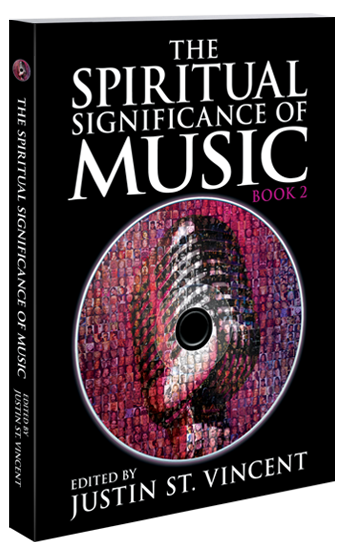Beth Winegarner
// Author, Journalist & PoetBETH WINEGARNER is an author, journalist, and poet living in San Francisco, California. Her book “Dream Brother” (1999) was published by Oyster Publications, “Read The Music: Essays On Sound” (2006), “Beloved” (2007), and “Sacred Sonoma” (2007) are available from Lulu.com. Beth Winegarner’s work has appeared in The Examiner, The San Francisco Chronicle, Addicted To Noise, Bay Area Music, New Verse News, and Tertulia.
Website: www.bethwinegarner.com
Photo: Beth Winegarner / BethWinegarner.com
Interview:
Music, especially the right music, is so immersive, that it can produce brain states similar to those experienced by people who are undergoing a sense of spiritual or religious awe. And, because it provides us with easier access to those altered brain states, we sometimes “see” things while listening to music that can feel like visionary moments. When music is coupled with spiritual practice, it amplifies these effects.
Music has always been part of spiritual and religious practice, arguably since humans began exploring the spiritual realm, or since humans began experimenting with how to organize sounds into something we call music. At the very simplest level, many rituals use the drum-beat as a ceremonial doorway. Slow, steady drums can connect us to our first memories of gestation, and the sound of our mother’s heartbeat when we were in utero. That kind of drum-beat can relax our bodies and minds, allowing us to access the trance-states necessary for spiritual practice. One of the shaman’s primary tools is the drum.
Likewise, the simple act of chanting, and many songs, even pop songs, involve the repetition of words or phrases, is a mind-quieting, mind-focusing activity. Beyond that, singing has been shown to increase levels of endorphins in the brain, a powerful natural drug that makes us feel safe, comfortable, and even ecstatic. For example, look at a Gospel choir in a Southern church, or the rapt faces of an audience singing along at a Rock concert. Singing transports us. Even the Earth itself sings: it produces a low, steady hum below the level of human hearing. Sound is also vibration, and we can still feel it in our bones.
“Even the Earth itself sings: it produces a low, steady hum below the level of human hearing. Sound is also vibration, and we can still feel it in our bones.”
– Beth Winegarner, author of “Read The Music: Essays On Sound”


